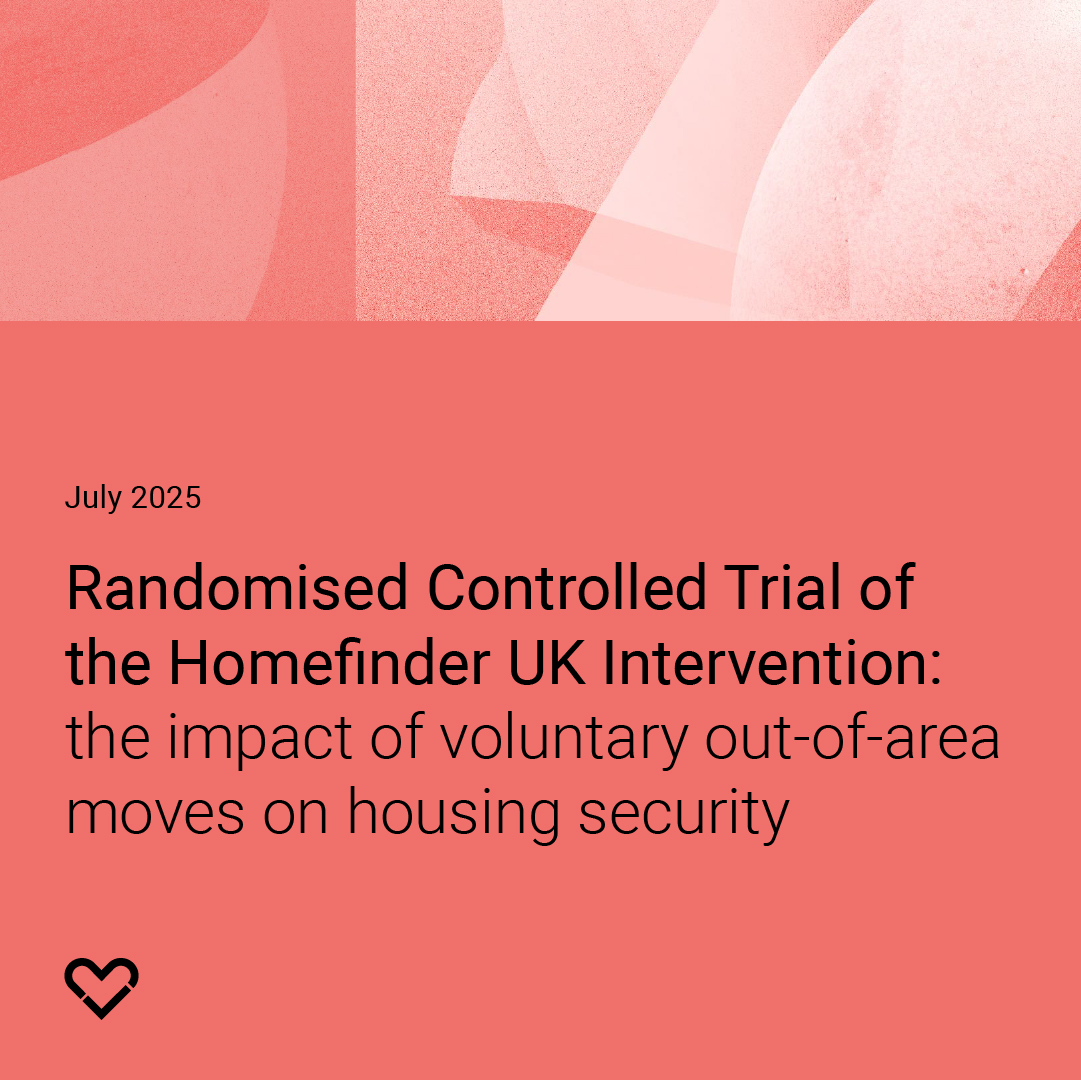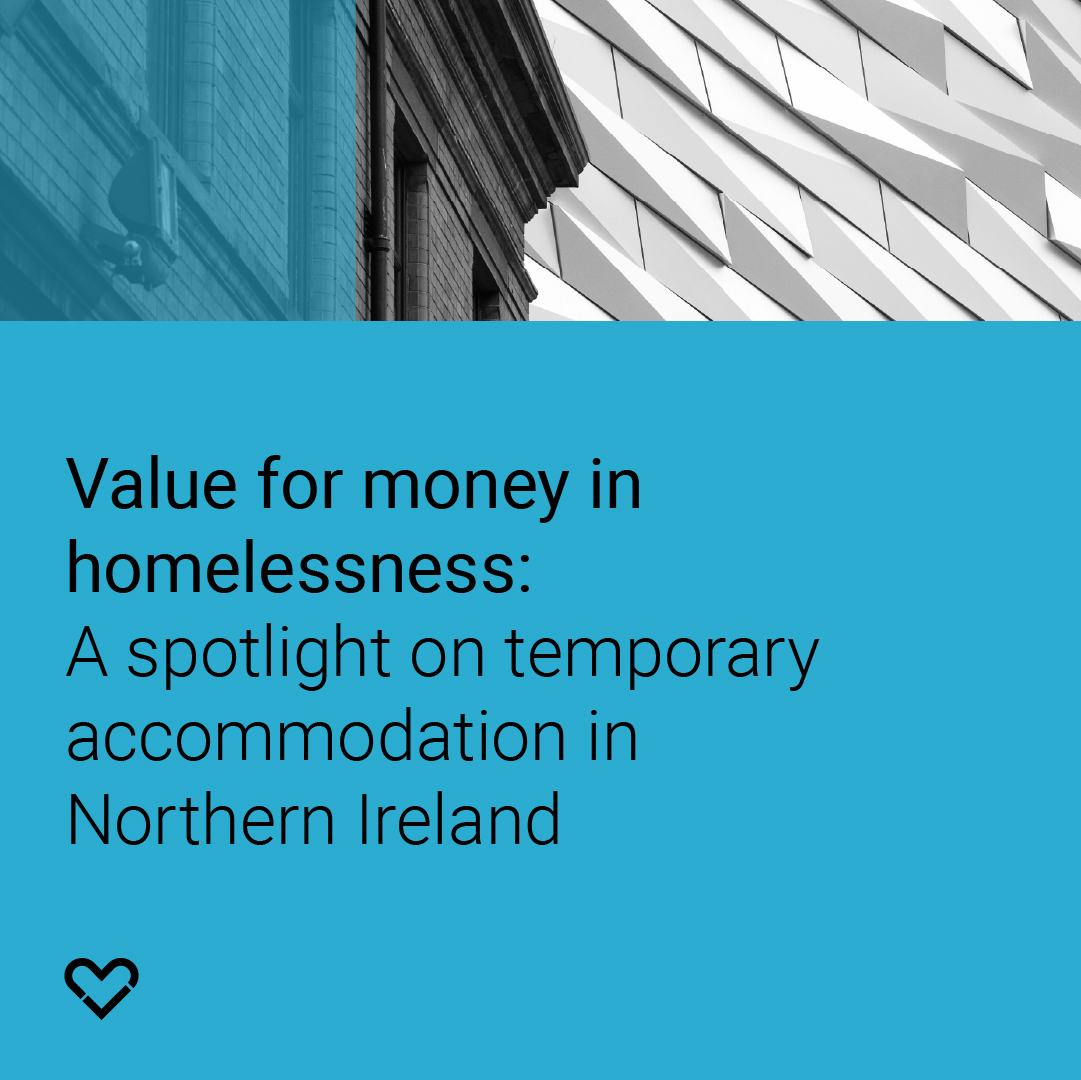Sexuality, gender identity and homelessness
Outline of the Study
This report discusses LGBTQ+ people and their experience of homelessness. LGBTQ+ people are at higher risk of homelessness, due to family rejection, discrimination, mental health issues, and inadequate support. The report calls for better data collection, LGBTQ+-specific services and other targeted interventions and rigorous trials to better evaluate homelessness prevention and support strategies.
Findings in brief
- LGBTQ+ people face significantly higher risks of homelessness than the general population. In one recent government survey 7% of respondents identified as homosexual or bisexual - nearly four times the rate in ONS population surveys
- 24% of young people experiencing homelessness identify as LGBTQ+. This is comparable to wider youth population estimates (20%), though potentially still under-reported due to stigma concerns
- Poor data quality prevents accurate quantification: Homelessness Case Level Information Collection (HCLIC) data shows only 1.47% of people owed a homelessness duty identify as homosexual/lesbian, around 40% of local authorities report zero homosexual/lesbian applicants in quarterly returns and the sexuality of 25% of applicants is ‘not known. This is a potential annual undercount of up to 47,628 LGBTQ+ people
- An Albert Kennedy Trust survey indicates that 77% of respondents felt their sexual/gender identity was a contributing factor of their homelessness, 51% felt at risk of eviction and 61% felt threatened or at risk of violence from family members prior to homelessness
- LGBTQ+ young people are more likely to enter foster care, experience higher rates of mental health challenges and have higher rates of illegal drug use than the heterosexual population
- 59% of LGBTQ+ people say they face discrimination or harassment when accessing homelessness services
- The Centre for Homelessness Impact’s Evidence and Gap maps indicate only a very small number of studies relating to LGBTQ+ people affected by homelessness.
Recommendations in Brief
- Use existing evidence from the general population to leverage support with LGBTQ+ people, including evidence-based interventions and epidemiological approaches
- Conduct research on reducing discrimination among professionals and trial training programmes such as those delivered by Stonewall Housing.
- Implement large-scale randomised trials targeting LGBTQ+ populations to identify effective interventions. Regional-scale studies should have adequate sample sizes for meaningful subgroup analysis
- Improve data quality through better collection methods, staff training on inclusive data gathering, and creating environments where people feel safe to disclose identity information
- Utilise data to assess the scale of need for LGBTQ+-specific safe spaces and accommodation options.



.png)


.jpg)

